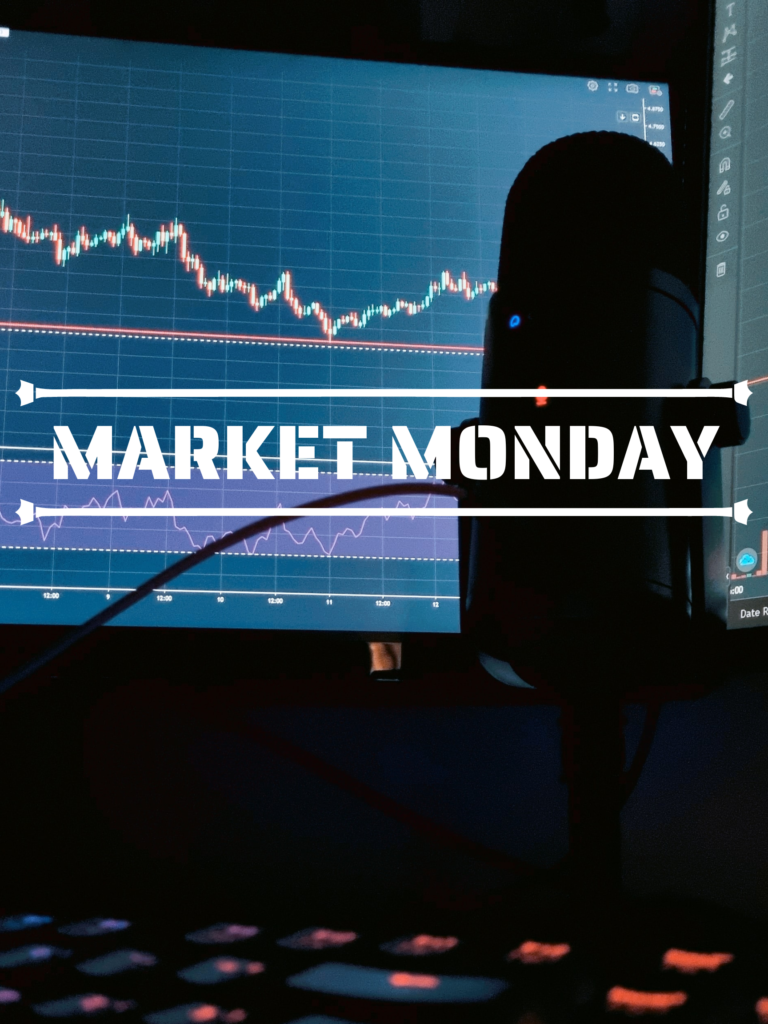Market Levels
Stocks posted their worst weekly performance of the year last week as bonds yields and the US dollar rose in respect to the Federal Reserve’s favorite inflation gauge (Personal Consumption Expenditures Price Index) rising at a higher rate than expected.
Year to date (YTD) (a)
S&P 500 +3.40%
NASDAQ +8.87%
Dow 30 -1.00%
Sector Performance – 3 Month (b)
Communication Services +1.90%
Information Technology +1.13%
Consumer Discretionary +1.00%
Industrials -0.55%
Financials -0.77%
Real Estate -0.80%
Materials -1.27%
Consumer Staples -4.51%
Utilities -5.41%
Health Care -5.68%
Energy -8.22%
Treasury Yield (10 years) (a)
3.93%
US National Debt (c)
$31,552,540,000,000
U.S. Dollar Index (a)
104.83
Last Week’s News
Existing Home Sales (d)
Fell 0.7% to an adjusted 4 million units in January
Home sales fell to its lowest level in 12 years and has been the 12th consecutive month of declines.
Federal Open Market Committee (FOMC) Minutes (e)
Meeting minutes are a detailed report of the Federal Reserve policy-setting meeting that was held at the beginning of the month. The Federal Reserve approved a 0.25% rate hike at the beginning of February. The move brought the fed funds rate to a target range of 4.5%-4.75%. This was noted as the smallest hike since the first of the tightening cycle back in March 2022.
However, in the minutes it was noted, “confidence that inflation was on a downward path to 2%, which was likely to take some time.” Adding that they worried that an “insufficiently restrictive” policy stance could “halt recent progress in moderating inflationary pressures.”
Jobless Claims Report (f)
Applications for unemployment benefits in the U.S. for the week ending Feb. 18 fell to 192,000, from 195,000 the previous week
Weekly Jobless Claims fell by -3,000 to 192K vs. the consensus for 200K. This report marks the sixth straight week of claims under 200,000 which underscores the strength of the labor market.
Core PCE Index (Personal Consumption Expenditures Price Index) (e)
Rose 0.6% m/m and 4.7% y/y (December readings were 0.4% m/m and 4.6% y/y)
This is the Federal Reserve’s preferred inflation gauge. The reason the Fed follows the PCE measures more closely than it does some of the other inflation metrics is because the index adjusts for consumer spending habits, such as substituting lower-priced goods for more expensive ones. That provides a more accurate view of the cost of living.
Consumer Spending (e)
Rose 1.8% m/m (best level since March of 2021)
Expectations were 1.4% m/m. This indicator shows a clear strength in consumer spending despite high inflation.
Manufacturing PMI (g)
Rose 47.8 m/m from 46.9 in January (This marked a fourth consecutive month of falling factory activity)
A PMI index over 50 represents growth or expansion within the manufacturing sector of the economy compared with the prior month. A reading under 50 represents contraction, and a reading at 50 indicates an equal balance between manufacturers reporting advances and declines in their business.
GDP Q4 (Second Estimate) (h)
Increased at an annual rate of 2.7 percent in the fourth quarter of 2022 (compared to the advance estimate which increase in real GDP at 2.9 percent)
To conclude…
Last week’s FOMC minutes and economic data highlighted that there will be “higher for longer” interest rates. As inflation continues its stickiness with strength in consumer spending and the resilient labor market, the markets are poised for more volatility.
Lately, the theme of the market is the inverse relationship between stocks and bonds/US dollar. For example, the month of February has been a bumpy ride for stocks while the 10-year treasury yield has increase 11.54% and the US dollar rose 3.74 for the month.
These relationships have been impacted more recently due to the Federal Reserve’s policy decisions based on the monthly economic data numbers. These policy decisions have an impact on interest rates, the possibility of a recession, and the duration of high inflation. Right now, there is 57% odds of a recession (highest it’s been in four decades). This is based on New York Fed’s Recession Probabilities model, which is based on the spread between the three-month and 10-year Treasury yields.
Market volatility may present itself in the short-term, that is why as an investor you should always have an investment plan in place for your specific short- and long-term time horizon.
Quote (I)
“Standing still is the fastest way of moving backward in a rapidly changing world”
-Lauren Bacall
(a) Yahoo Finance
(b) Fidelity Research
(c) US Debt Clock
(d) National Association of Realtors
(e) CNBC Economy
(f) Business Report
(g) Trading Economics
(h) Bea.gov
(I) Pinterest

